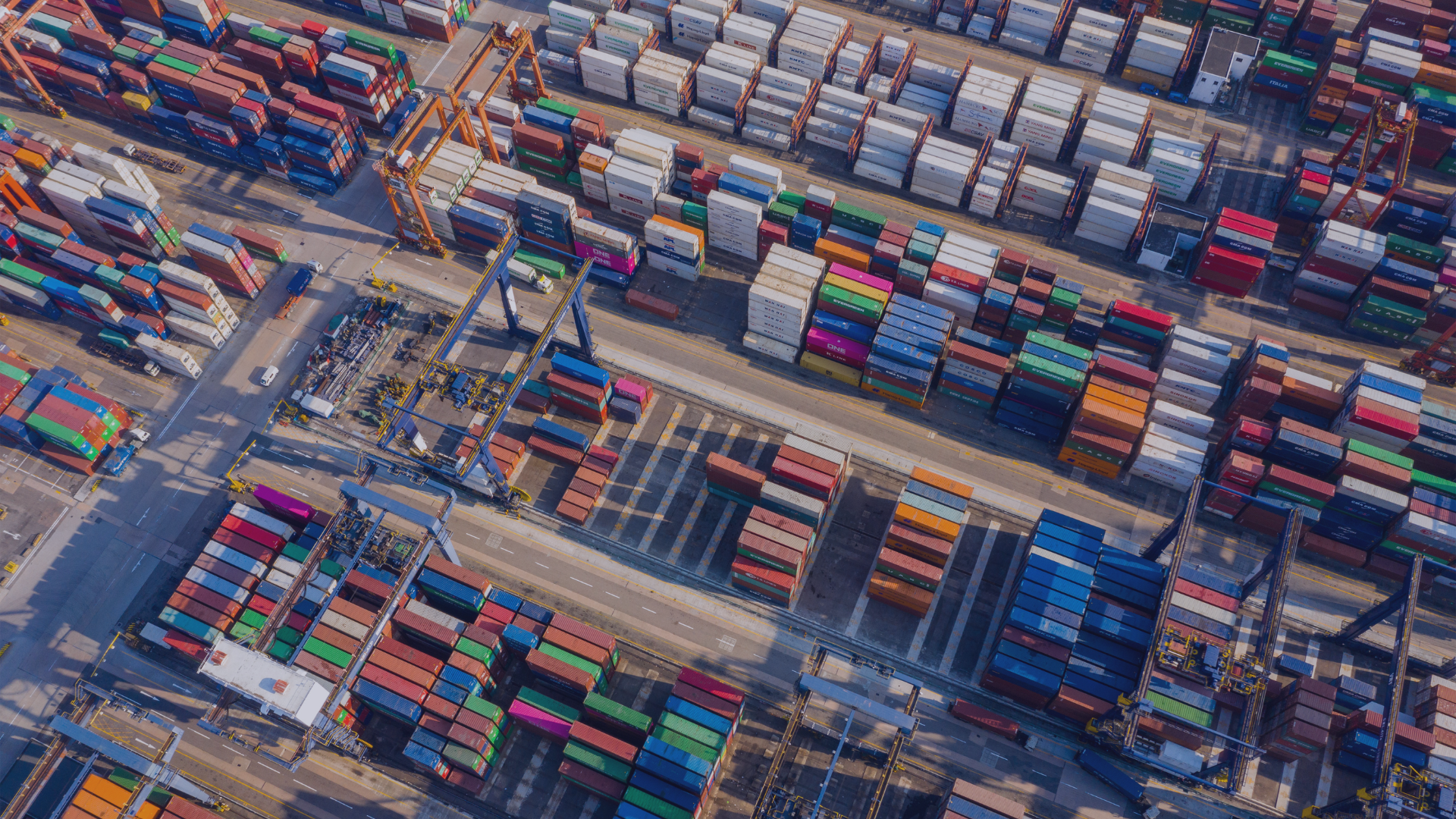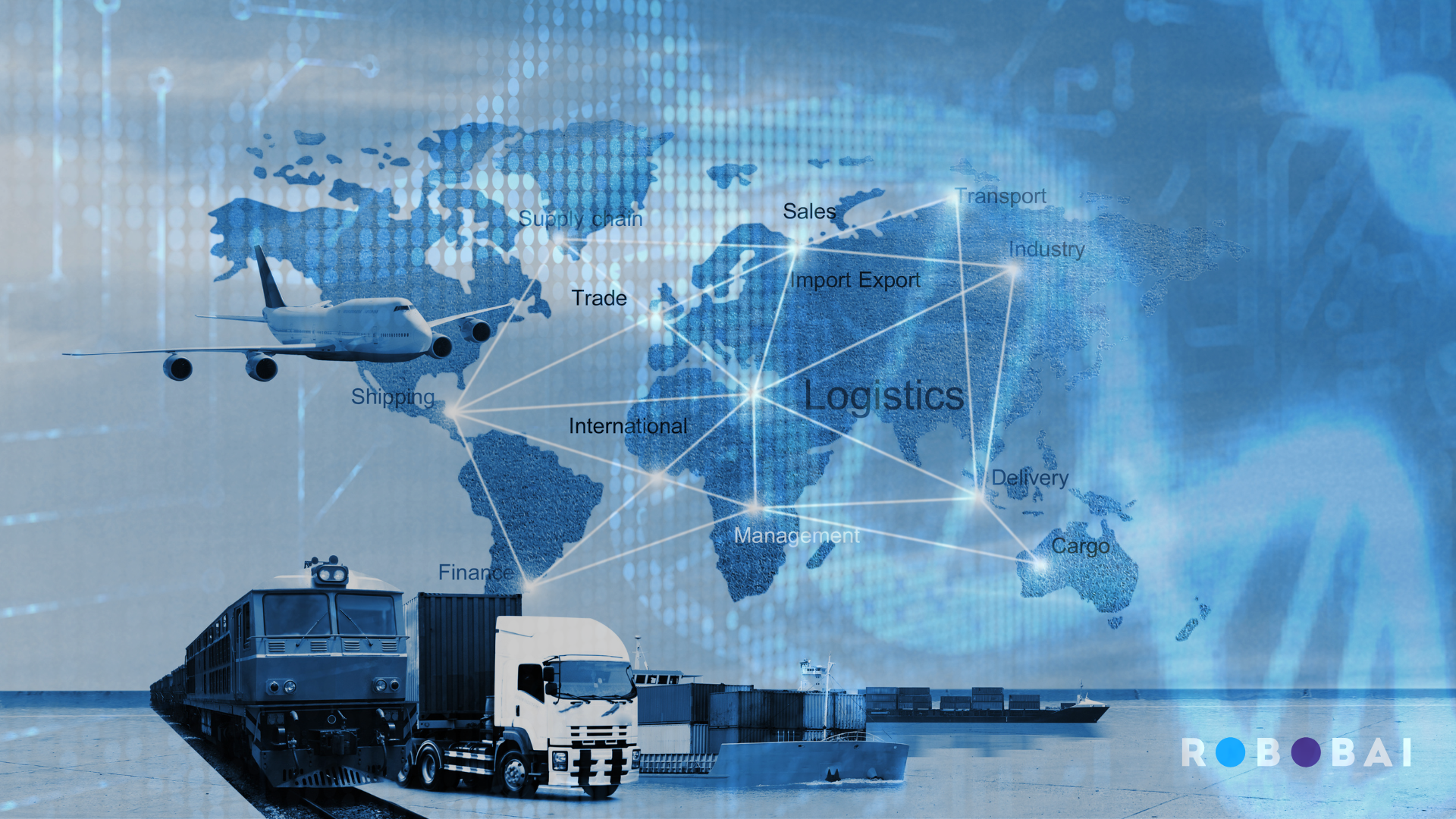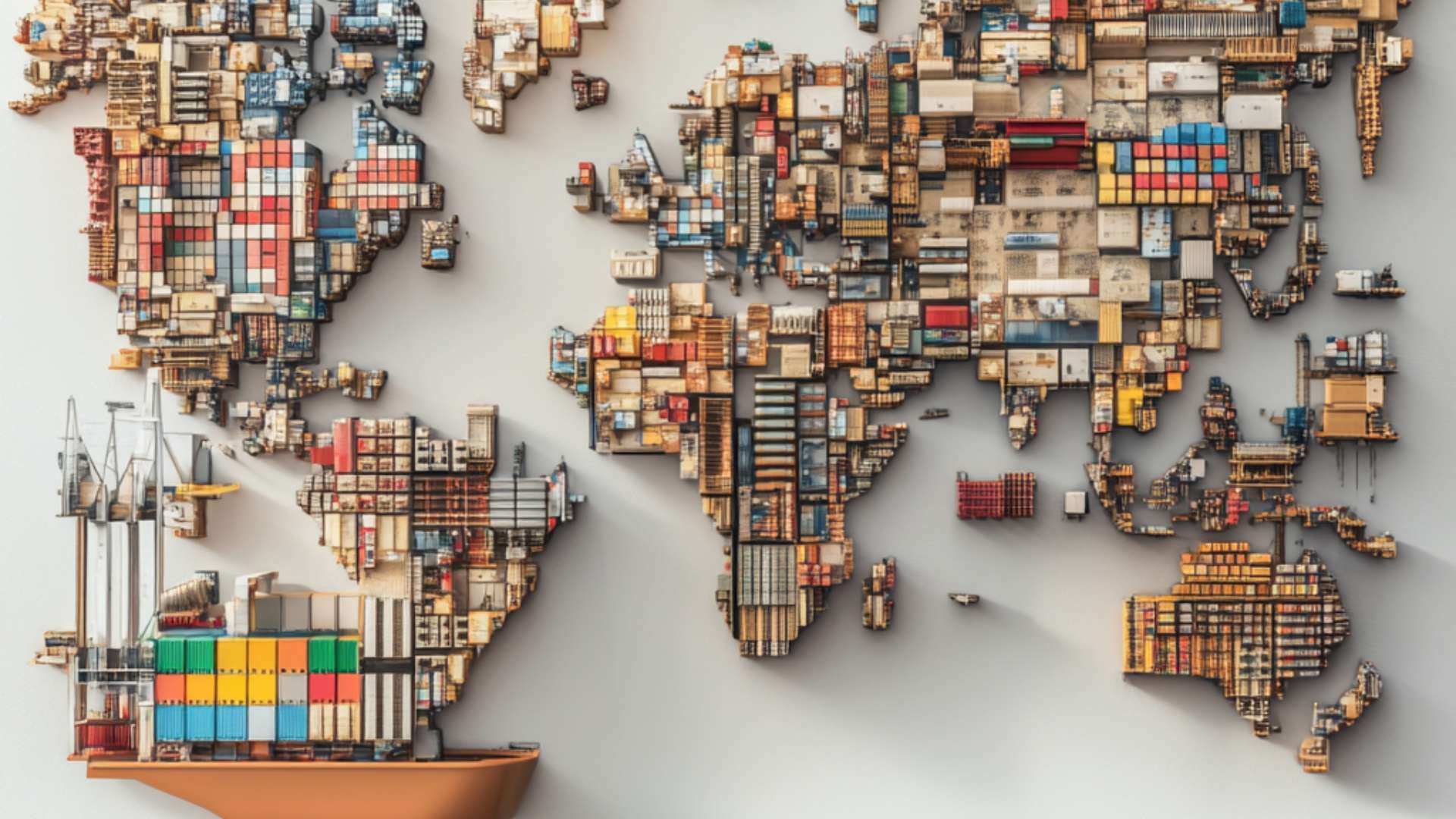Solving supply chain management challenges
Digitalization is often seen as a tool to drive efficiency and cut costs of supply chain management, but it presents wider opportunities for...
4 min read
Julian Harris : Dec 4, 2024

Still, despite such complexity, avid puzzlers eventually made quick work of solving the cube. In fact, the standard Rubik’s Cube world record was shattered just last year when Max Park from Long Beach, California solved the cube in 3.13 seconds.
Inevitably, more challenging “starminx” spinoffs hit the market that dwarfed the original in their complexity — 6 sides, 12 sides, or more! To this day, some of the most difficult of these puzzles have still only been solved by a handful of people.
The management of supply chain sustainability is evolving in much the same way. The puzzle was difficult at first — now it’s all-but-unsolvable for almost everyone. With the added weight of environment, social, and governance (ESG) principles, it’s easy to see why so many corporations are coming up short. Global standards are increasingly rigorous, climate change is disrupting ethical sourcing logistics, and supply chains are more stressed than ever.
So, you need help, and artificial intelligence (AI) is an essential part of the answer. But why? And how? Here are the 4 ways AI can help create a sustainable supply chain network that both serves your organization’s needs and lives up to its own ESG principles.
1. Proactively monitor risk, sustainability, and diversity across your supply chain
More suppliers. Greater threats. Increased dependencies. Heightened expectations.
Supply chain risk management (SCRM) is a job that’s becoming more demanding with each passing year, and that demand is even greater for companies driven by ESG principles. In fact, almost two-thirds of business leaders say losses due to SCRM were higher than expected over the past two years. For companies devoted to ethical sourcing, those losses were even greater.
The COVID pandemic is only part of that story — with more stringent global standards and climate change disruptions also playing a large role in industry shortcomings. With all that complexity in mind, what’s the most telling statistic from WTW’s 2023 report? It’s the fact that up to 77% of these leaders felt they didn’t have the data or knowledge they needed to properly understand their risks.
AI takes risk management to the next level. With the latest technology, businesses can continuously monitor any combination of risk profiles, and even receive preemptive alerts for potential regulatory or procedural violations. If you’re preparing for the future, then your ultimate goal is also a more sustainable and diverse network. With the right direction, AI can proactively push your organization toward its ESG principles.
2. Persistently track supplier sanctions and media mentions.
2023 was a record year for sanctions in the U.S., which should come as no surprise with something as abhorrent as modern slavery on the rise around the world. Sanctions and boycotts are inevitable parts of your supply chain, and they can make already-difficult ethical sourcing feel almost impossible. Even when these sanctions, boycotts, or negative media mentions aren’t directed at your suppliers specifically, the spillover effects can have serious consequences on your access and logistics. Often, ethical sourcing can leave you with very few options for acquiring a certain product, which makes it even more problematic when something or someone “rocks the boat.”
With the right filters, AI can help you quickly identify any suppliers with active or ongoing Dow Jones sanctions. What’s more, it can do the same for boycotts and impactful media mentions, instinctively helping you avoid any suppliers that might be landing in hot water sometime soon. Additionally, AI can keep an intelligent eye on your proactive spending, particularly as it pertains to your acknowledgement of minorities and indigenous peoples.
All of this data and knowledge makes ethical sourcing less daunting and more intuitive.
3. Achieve 360° spend visibility to reduce waste and drive efficiency.
We all have that one closet in our house — the closet crammed full of everything imaginable. What would happen if that closet was made of glass and sat in the middle of the room? With complete visibility of everything you’ve shoved to the side, you’d probably be a lot more likely to clean it all out.
Every supply chain eventually produces “waste” within your organization. The important thing is whether or not you have the perspectives and resources to address the issue. Shocking as it may sound, some of my clients have eventually become saddled by up to 16 enterprise resource planning (ERP) programs, each with their own objectives and taxonomies. This is just one example of why it’s paramount for companies to have 360 degrees of visibility into all of their supply chain systems.
AI tools can constantly review your stored and incoming data to reduce waste and ferret out hidden inefficiencies. Beyond that, they can even assist in the from-scratch construction of sustainable supply chain networks. If your organization becomes burdened with too many interconnected systems, AI can clean and classify disparate pools of data into one standard taxonomy. From there, a digital dashboard can provide leaders with a targeted look at where any savings can occur.
4. Accelerate research and development into ESG initiatives.
Real success supporting ESG principles requires a deeper understanding of the situation as a whole. In fact, a systematic review of ESG literature released just this year concludes that research and development is essential to the framework’s survival. Does your organization devote high-quality R&D to its ESG initiatives?
Machine learning algorithms have proven incredibly adept at evaluating ESG investments. With the right principles in place, AI can do the same for evaluating your company’s potential ESG initiatives. Where do your ESG principles need support? What actions or innovations can put them back in alignment? These questions are a lot easier to answer with advanced AI guidance and an AI-proficient industry professional.
Global Standards Are Rising — Can You Solve the Supply Puzzle?
Legislation is passing all the time that further evolves global regulatory standards. From the CPS 230 of Australia some seven years ago to the Corporate Sustainability Due Diligence Directive (CSDD) approved just this year in Europe, the supply chain puzzle is getting harder and harder to solve. If you’re already pursuing ethical sourcing, this means you’re going to need help finding all the right pieces. If you aren’t already pursuing ethical sourcing, this means you’re going to need help putting it all together.
This puzzle used to be complex — now it’s almost inextricable. If you want to keep solving it, you need to utilize every tool at your disposal.
Read more here.
This article originally appeared in CEOWORLD Magazine. Read the source article here.
RobobAI offers industry-leading third-party risk management, combining AI-powered risk assessment with continuous monitoring capabilities. Our platform helps enterprises identify, evaluate, and mitigate vendor risk, ensuring compliance while protecting business continuity in an increasingly complex supplier landscape.

Digitalization is often seen as a tool to drive efficiency and cut costs of supply chain management, but it presents wider opportunities for...

Dave Curtis, CTO with global fintech RobobAI, shares key elements to look for in AI vendors

In the wake of the COVID-19 pandemic, a significant shift is occurring in global manufacturing and supply chain operations.